'Natural Order' of Color Harmony
swanoir
14 years ago
Related Stories
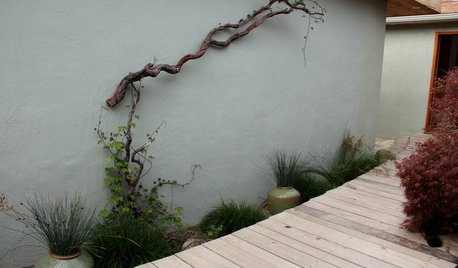
DECORATING GUIDESSee How Wabi-Sabi Can Bring Harmony and Beauty to Your Home
Create your own wabi-style style with beautifully weathered, humble materials around the house
Full Story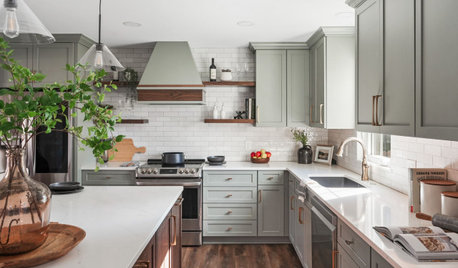
FEEL-GOOD HOME8 Tips for Harmony in the Kitchen
Frustrated by the arguments that arise over kitchen duties? Check out these coping strategies
Full Story
ARTThe Beauty of Bonsai — Living Art, Rooted in Harmony
Create your own emblem of nature's balance with an art form dating back 1,000 years
Full Story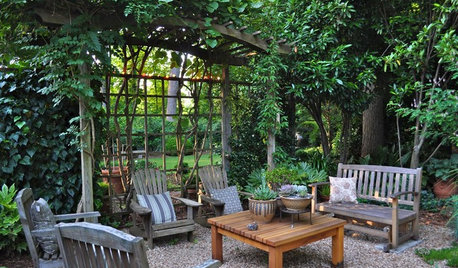
LANDSCAPE DESIGN10 Materials for an Elegant, Harmonious Landscape
Give your landscape the polished, rustic or perfectly imperfect look you love with these natural and engineered materials
Full Story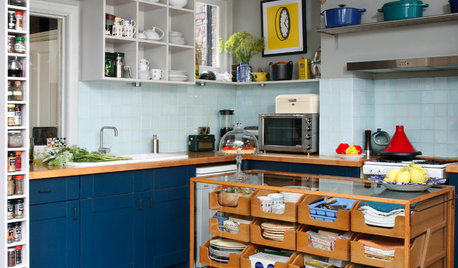
DECORATING GUIDESHow to Bring Order to Your Delightfully Eclectic Room
You've picked up your furniture and finds over the years — here's how to tie it all together
Full Story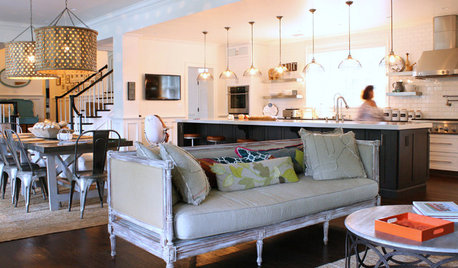
HOUZZ TOURSMy Houzz: Home Full of Boys Achieves Order and Inspiration
A 3-month overhaul produces an organized and inviting space fit for this Florida family of 9
Full Story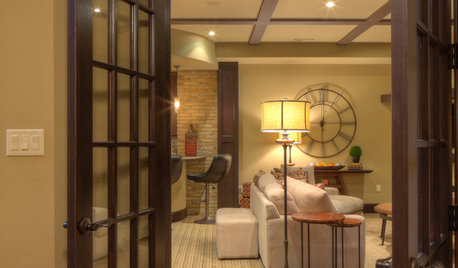
BASEMENTSBasement of the Week: Tall-Order Design for a Lower-Level Lounge
High ceilings and other custom-tailored features in this new-build Wisconsin basement put the tall homeowners in a good headspace
Full Story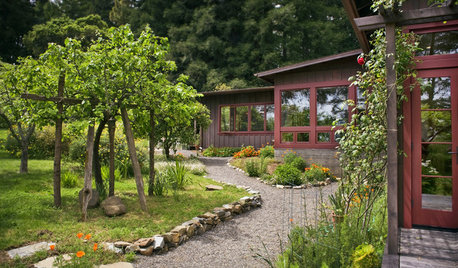
HOUZZ TOURSHouzz Tour: Designed for Harmony with the Land
Sonoma Remodel is About 'Supporting Lifestyle and Possibilities'
Full Story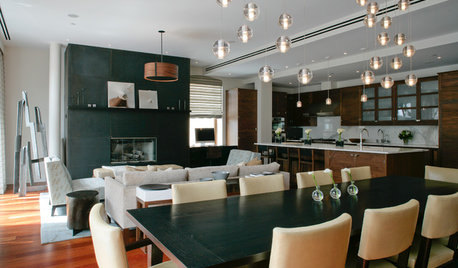
HOUZZ TOURSHouzz Tour: Serenity and Harmony Above Manhattan
City chaos stays well outside this soothing apartment, designed to be luxurious but low maintenance for a family with twin boys
Full Story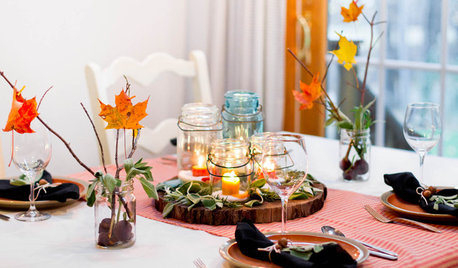
MOST POPULARThe Not Naturally Organized Parent's Guide to the Holidays
This year get real about what you can and cannot handle, and remember the joys of spending time with the ones you love
Full Story








laag
swanoirOriginal Author
Related Professionals
Danbury Landscape Architects & Landscape Designers · Holly Springs Landscape Architects & Landscape Designers · Lakeland Landscape Contractors · Maple Valley Landscape Contractors · Eustis Landscape Contractors · Haverhill Landscape Contractors · North Ridgeville Landscape Contractors · Pleasant Hill Landscape Contractors · Waldorf Landscape Contractors · Watertown Landscape Contractors · Goldenrod Landscape Contractors · Shafter Landscape Contractors · Solana Beach Decks, Patios & Outdoor Enclosures · Elk Grove Swimming Pool Builders · Jacksonville Swimming Pool Builderspaint_chips
rhodium
inkognito
leafy02
laag